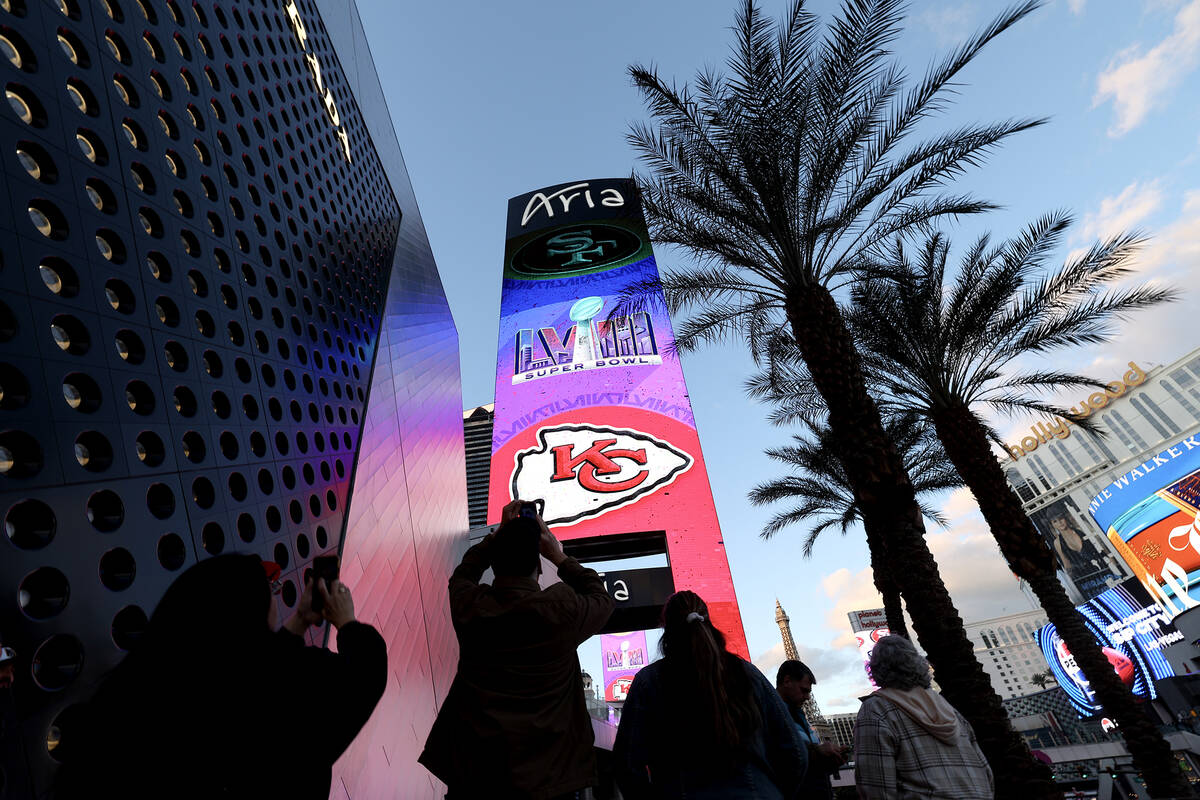Why did Las Vegas signs move on from neon?
The bright, colorful glow and faint buzz of electricity of neon signs creates a sense of nostalgia and a look that’s almost synonymous with Las Vegas.
But most Strip marquees nowadays are not made up of neon tubes and incandescent bulbs as businesses move away from less energy-efficient light sources to LEDs.
Not only are LEDs known for their efficiency, they’re also viewed as a better investment because they are cheaper and last significantly longer than the incandescent and neon light bulbs that made up the outdoor signs of Las Vegas past. LEDs – for which three Japanese and Japanese-American inventors won the 2014 Nobel Prize in physics – are resistant to temperature fluctuations, do not use toxic gasses or other materials and require less upkeep. They also give the sign designers more creative freedom, according to Yesco, a sign company in Salt Lake City with significant operations in Las Vegas.
“One of the most compelling features of LED signage is its adaptability to different environments and applications,” the company wrote in an online blog post. “Unlike neon signs, which are limited in their color options and static display capabilities, LED signs can effortlessly adjust to various lighting conditions and settings.”
The clearest example of the possibilities of LED shines through one of the Strip’s most recent additions: the Sphere. At 580,000 square feet, the “exosphere” is the largest LED display on the planet.
While neon signs are still scattered around tourist hot spots – like Vegas Vic and Vickie on Fremont Street and in Circa, or adorning restaurant interior and exterior walls – many others have been retired. Some are restored and put on display around the city or at the Neon Museum.
Contact McKenna Ross at mross@reviewjournal.com. Follow @mckenna_ross_ on X.




















